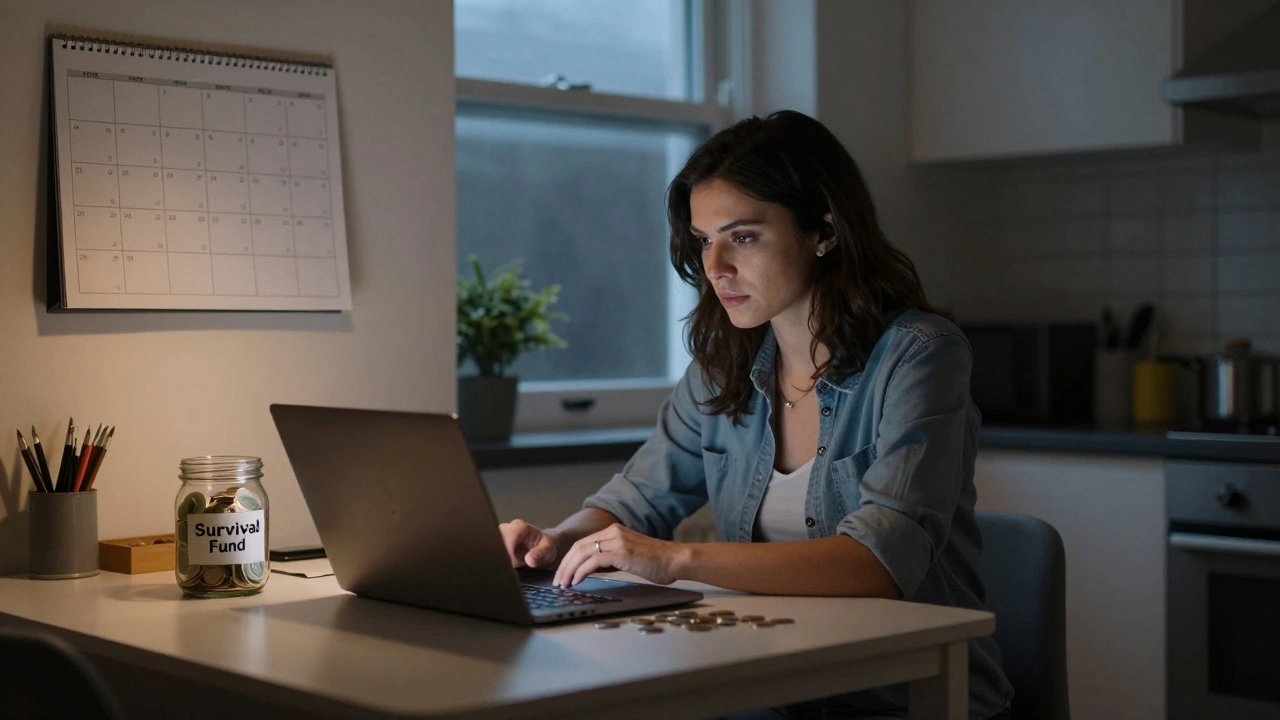Emergency Fund: Why It’s a Must‑Have and How to Start Saving
Ever had a surprise car repair or a sudden job loss? Those moments suck, but a solid emergency fund can turn panic into peace of mind. Think of it as a financial safety net you build before you actually need it. In this guide we’ll break down what an emergency fund is, how much you should aim for, and simple ways to grow it without feeling starved.
What Exactly Is an Emergency Fund?
An emergency fund is a stash of cash set aside for unexpected expenses – things you can’t plan for but have to pay anyway. It’s not for vacations, groceries, or your Netflix subscription; it’s for real emergencies like medical bills, home repairs, or a period of unemployment. The goal is to have enough liquid money to cover your essential costs while you get back on track.
Most experts suggest covering 3‑6 months of living expenses. If you’re single, 3 months might be enough. If you have a family or variable income, aim for 6 months. The exact number depends on your job stability, debt level, and personal comfort.
Steps to Build Your Emergency Fund Fast
1. Calculate Your Monthly Essentials – List rent/mortgage, utilities, food, transport, insurance, and any minimum debt payments. Add them up; that’s the baseline you need each month.
2. Set a Realistic Target – Multiply your monthly essentials by the number of months you want to cover. Write that number down and keep it visible – on your fridge or phone wallpaper – so it stays top of mind.
3. Open a Separate, Easy‑Access Account – A high‑interest savings account or a money‑market fund works well. Keep the money out of your checking account to avoid accidental spend, but make sure you can pull it out quickly when needed.
4. Automate Your Savings – Schedule a fixed transfer from your checking to your emergency account each payday. Even £25 a week adds up to over £1,300 a year without you having to think about it.
5. Trim Non‑Essentials – Review your recent spending. Cancel unused subscriptions, cook more at home, or postpone that new gadget. Redirect those dollars straight into your fund.
6. Use Windfalls Wisely – Got a bonus, tax refund, or a small side‑gig payout? Put at least half of it into your emergency stash before treating yourself.
7. Re‑Evaluate Regularly – Life changes – a new baby, a move, a raise. Check your target every six months and adjust the goal and contribution amount accordingly.
Building an emergency fund feels like a marathon, not a sprint. The key is consistency and keeping the purpose front‑and‑center. Once you hit your target, you’ll notice less stress when the unexpected pops up. And if you ever have to dip into it, you’ll know exactly where the money is and how to refill it.
Ready to start? Grab a pen, jot down your monthly essentials, set up that automatic transfer, and watch your safety net grow. Your future self will thank you every time a surprise bill shows up.

The emergency fund is the only budget line that should come before everything else. Without it, every financial plan is fragile. Learn how to build one step by step - even if you’re starting with €10.
Read More
Exactly how much to keep in savings: emergency fund rules, step-by-step math, Irish examples, where to park cash in 2025, and pitfalls to avoid.
Read More
Weighing whether to keep more money in checking or savings? Discover the real risks, benefits, and financial facts for 2025.
Read More
Deciding how much cash to keep in savings can feel tricky, but it's all about finding the right balance for your financial security and goals. Whether you're aiming for a robust emergency fund or just trying to keep it stress-free, we've got some real talk on what might work best for you. We'll dig into essential savings factors, from unexpected expenses to the cushion of security that gives you peace of mind. Let's figure out how much you should really stash away in your savings account.
Read More